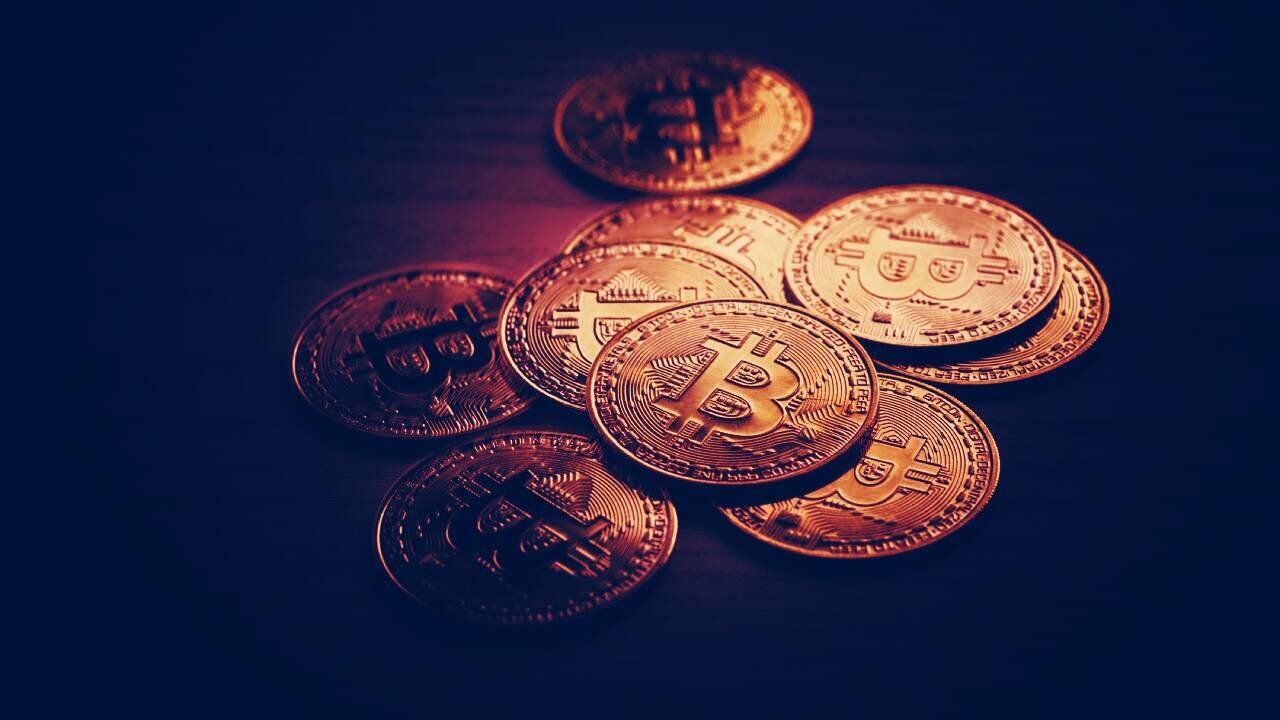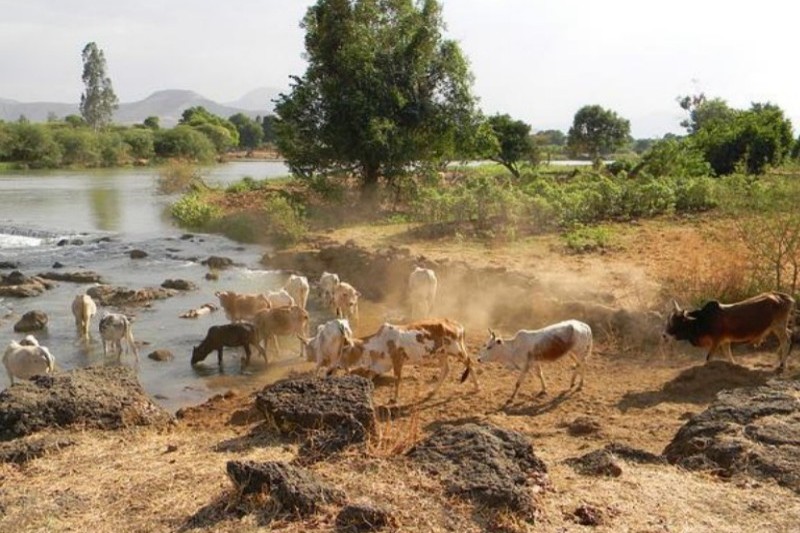Interestingly, Bitcoin’s 21 million supply cap does not make it scarce. After all, 21 million of things no one wants is abundance (or “oversupply”), not scarcity. An important distinction, like every asset, bitcoin is scarce when demand for it exceeds the available supply. When demand crashes, as it did in 2014 and 2018, bitcoin in such periods of its cycle can not be said to be scarce, while its issuance (supply) is gradually increasing with its block creation.

There is a fixed supply of 21 million Bitcoin (Image: Shutterstock)
However, Bitcoin’s supply algorithm does affect the price because it makes it impossible for bitcoin’s supply to respond to demand. Just as passenger pigeons couldn’t increase their rate of reproduction to compensate for the rate at which humans were killing them, so Bitcoin can’t increase or reduce its rate of production to compensate for changes in demand for bitcoins. And in a well-functioning market, when supply can’t respond to demand, the price must adjust.
Bitcoin is therefore intrinsically volatile, not because of its scarcity or its finite nature but because of its inflexibility. As the size of its market increases we might find its price swings becoming less frequent but much larger, just as a young bubbly stream becomes a meandering river that periodically overflows its banks. While bitcoin’s supply remains inelastic, its price will remain subject to change without warning.
Articles: Scarity And Why It Is Important For Bitcoin
- Scarcity Gives Bitcoin Value, but Not the Way You Think
- Why is Bitcoin’s supply limit set to 21 million?
- Visual Interpretation of Bitcoin's Supply Shows the Digital Asset's Unique Scarcity
- Bitcoinist Book Club: “The Bitcoin Standard” (Chapter 8, Part 1: Digital Money)
- Digital Gold, Scarcity, and Bitcoin Halvings
- Crypto Basics: Bitcoin, scarcity & trust in money








